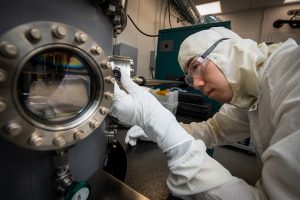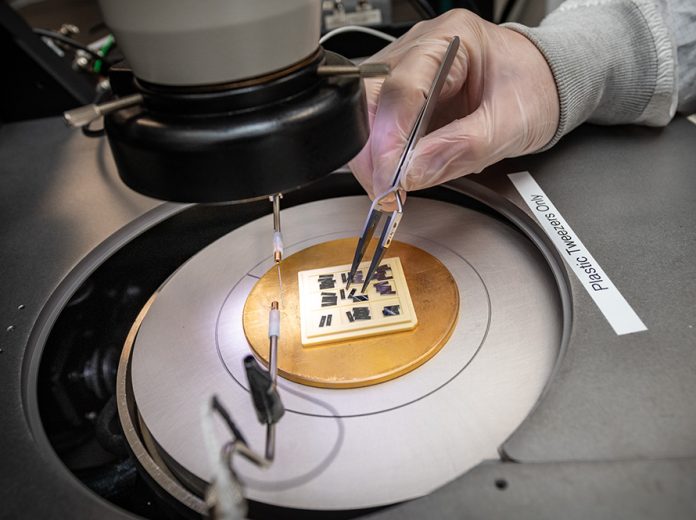Superconducting qubits, the cornerstone of many quantum computing architectures, may have just taken a giant leap forward.
Researchers at Lawrence Berkeley National Laboratory have developed an innovative fabrication method that significantly reduces noise – one of the biggest challenges facing quantum hardware today.
This breakthrough brings us closer to building scalable, high-performance quantum computers capable of solving complex problems far beyond the reach of classical systems.
The advancement stems from the Quantum Systems Accelerator (QSA), a multi-institutional effort backed by the U.S. Department of Energy’s Advanced Scientific Computing Research (ASCR) programme.
QSA focuses on engineering quantum technologies that could solve complex scientific problems beyond the capabilities of classical computers.
QSA Director Bert de Jong emphasised the significance of the breakthrough: “Knowing how to make noise-resistant qubits will allow us to advance more efficient quantum computers directed at solving the scientific problems that are key to the Department of Energy’s mission.”
Why superconducting qubits matter
Superconducting qubits are among the most promising qubit architectures due to their compatibility with current semiconductor fabrication methods.
They rely on superconducting metals – materials that can conduct electricity with zero resistance – to store and process quantum information.
However, these qubits are notoriously vulnerable to environmental noise, especially from surface defects and unwanted electric charges in the materials they’re built from.
This noise leads to computational errors, one of the major hurdles in creating practical quantum systems.
The innovation: Lifting superinductors off silicon
To combat this, the Berkeley Lab-led team introduced a fabrication method that partially suspends a critical circuit component, the superinductor, above the silicon wafer.
Superinductors, which function similarly to traditional inductors by maintaining current flow, are essential for preserving quantum states.
By etching away specific parts of the silicon substrate beneath the superinductor, the researchers reduced its physical contact with the surface – significantly limiting noise caused by material defects.
This lifted design effectively shields the qubit from interference, enhancing its reliability and performance.
The team achieved this using a gentle chemical etching and cleaning process, carefully designed to avoid damaging the fragile components.
This approach preserved the integrity of the superinductors while boosting inductance by 87%, a vital improvement for stable quantum operations.

Scalable and compatible with modern chipmaking
One of the key advantages of this new technique is its scalability. The researchers successfully implemented it on 6-inch silicon wafers, making it well-suited for integration with existing microchip manufacturing processes.
This opens the door for widespread adoption in the development of next-generation quantum processors.
The technique also supports precise patterning, allowing hundreds of tiny superinductors to be created on a single wafer while leaving the rest of the surface pristine. This level of control could be instrumental in building more complex and functional quantum circuits.
What’s next?
Looking ahead, the team plans to integrate this method into the fabrication of full qubits for use in advanced quantum computing architectures, including 3D integrated systems.
By improving the noise resilience of superconducting qubits, this breakthrough lays the foundation for more reliable quantum computers capable of solving real-world scientific challenges.
As the quantum race accelerates, innovations like this could be the key to unlocking the vast potential of superconducting qubits, moving us closer to a future where quantum computing transforms research and technology across industries.









